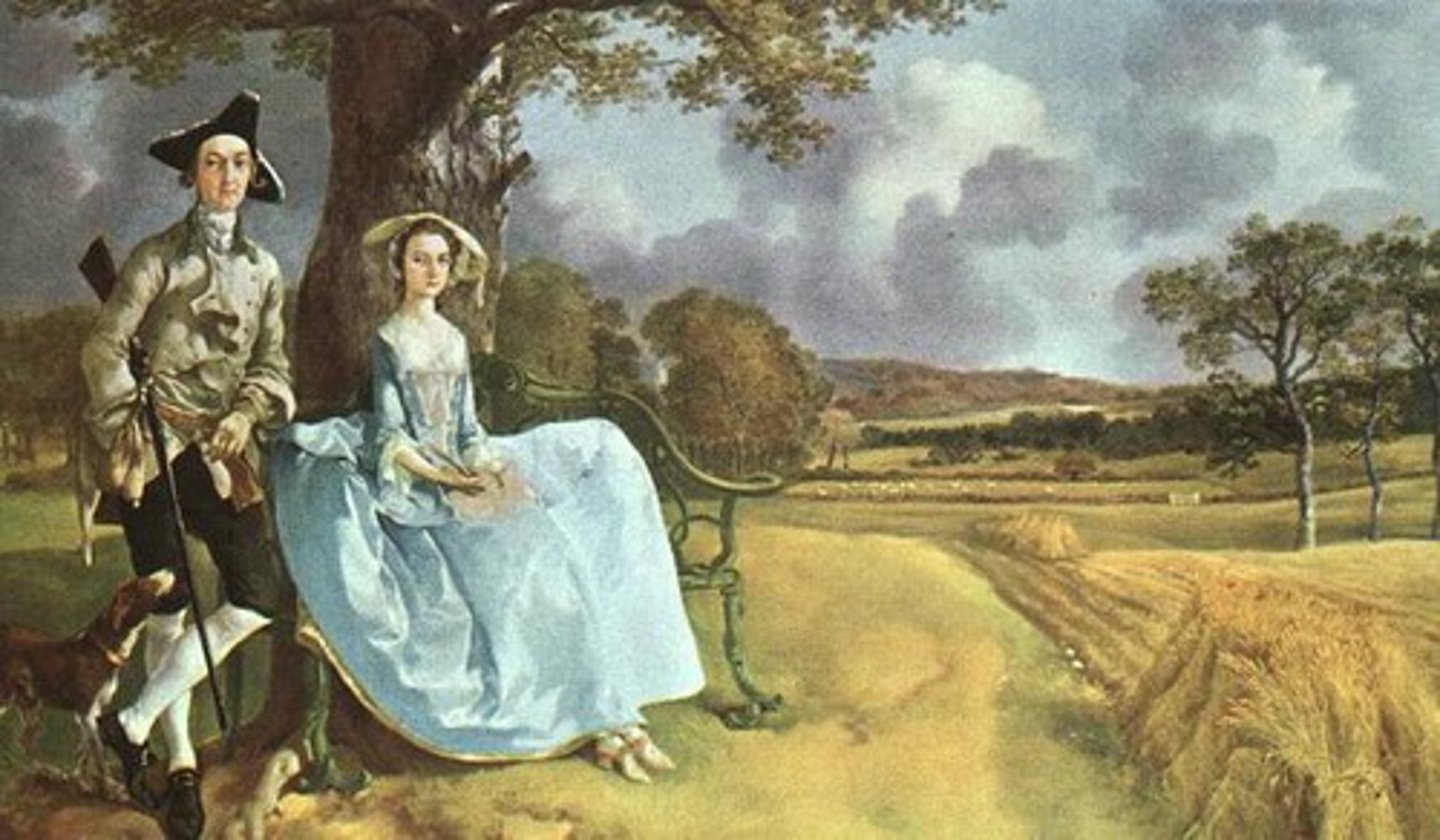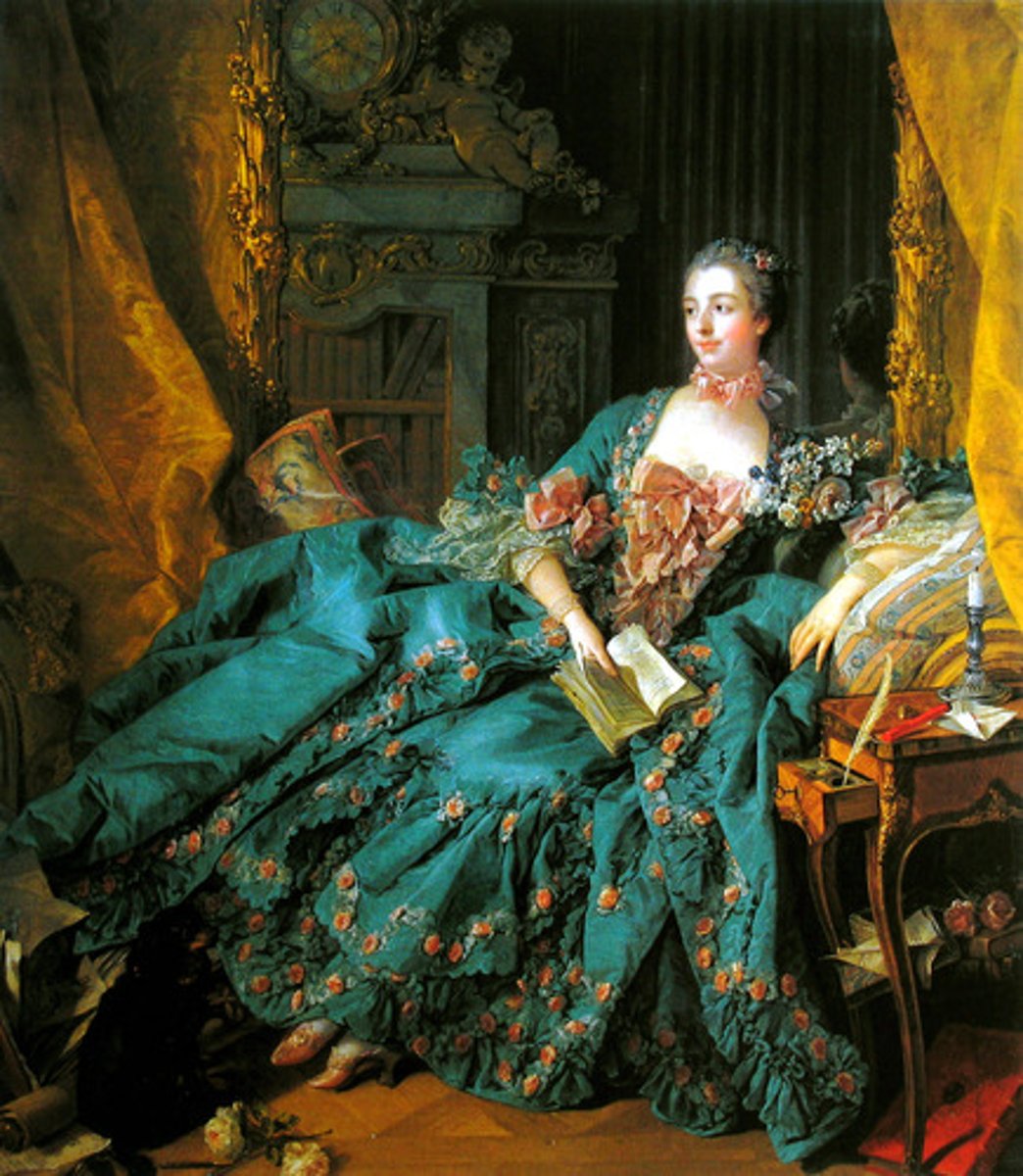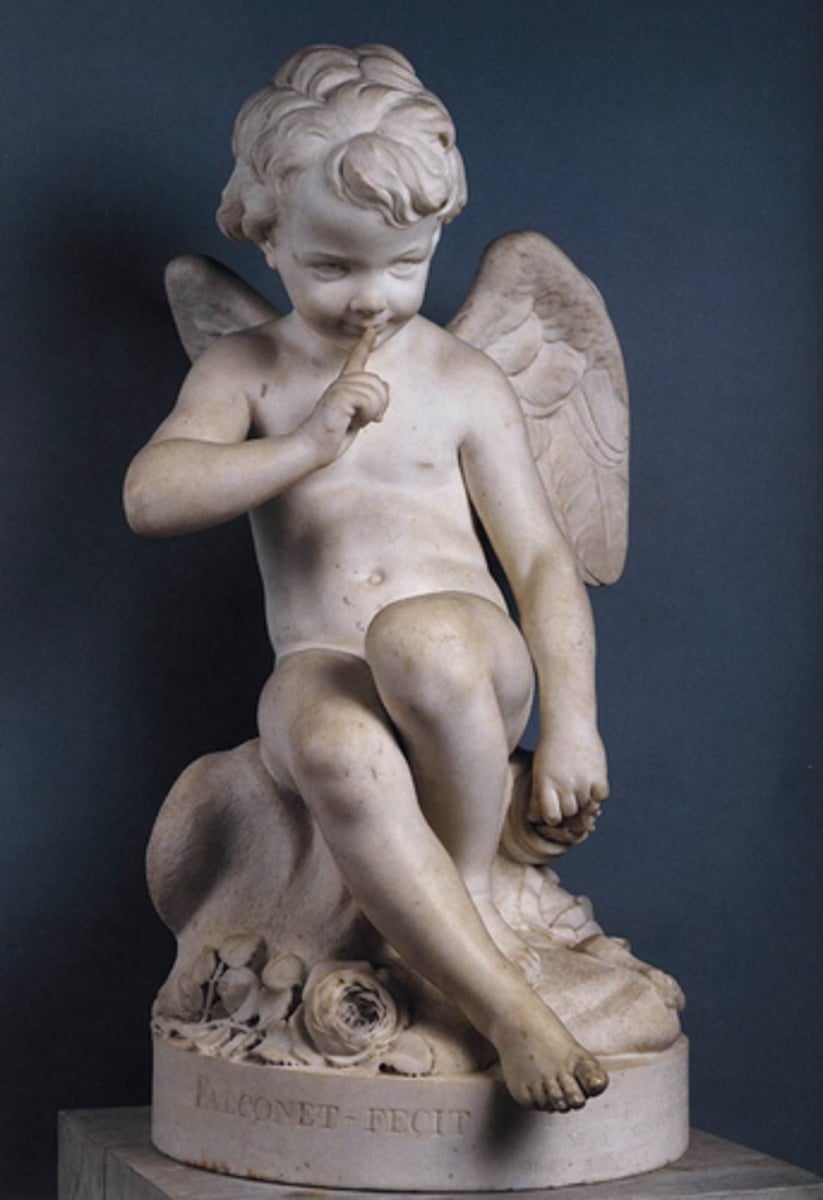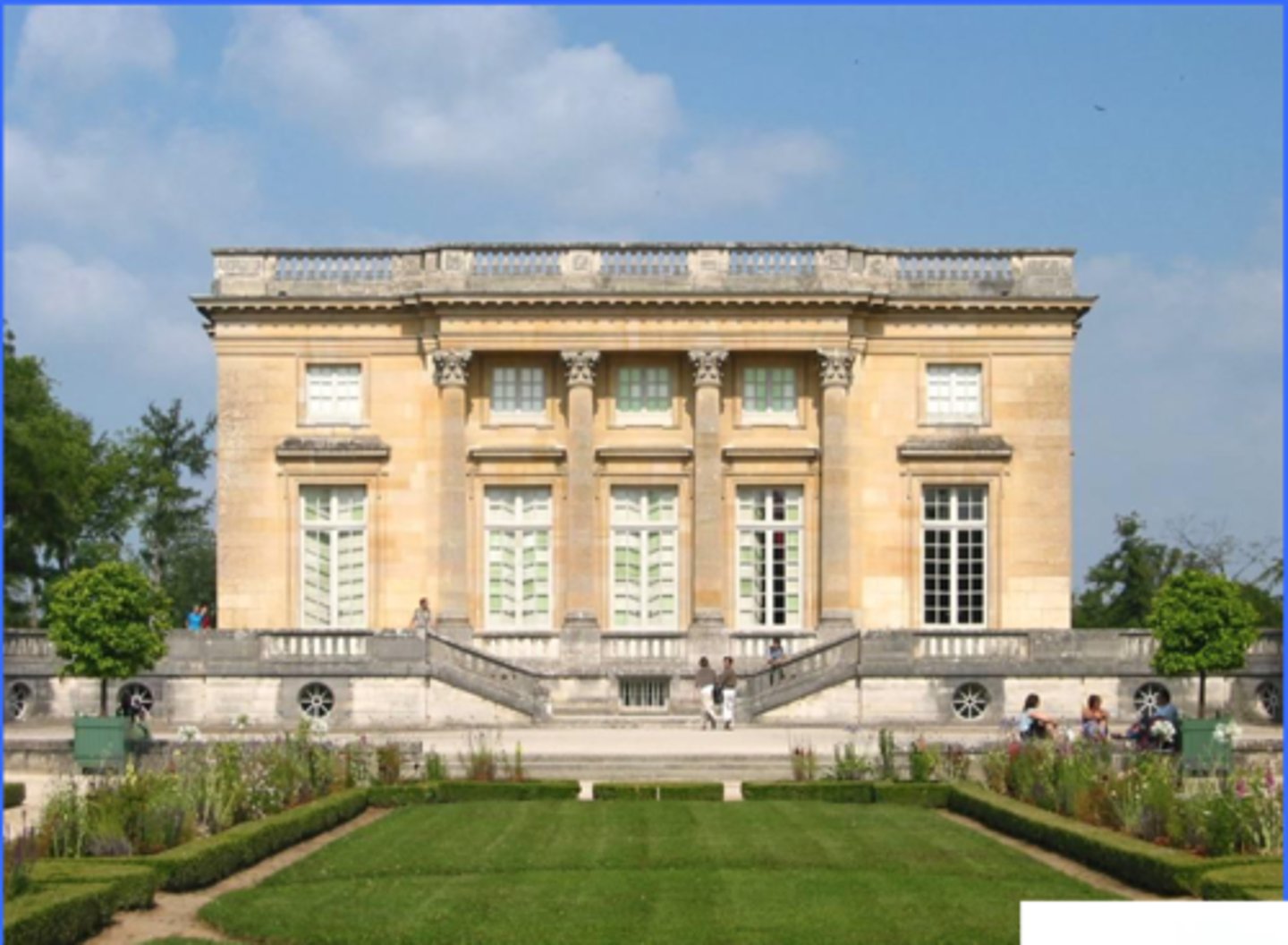French Rococo
1/16
There's no tags or description
Looks like no tags are added yet.
Name | Mastery | Learn | Test | Matching | Spaced |
|---|
No study sessions yet.
17 Terms
french rococo
a style of classical art that evolved from the baroque originating in France in 1720. distinguished by fanciful carved spatial forms and elaborate, profuse designs of shellwork and foliage intended for a delicate overall effect. It flourished during the reign of Louis XV
rocaille and cocaille
rococo came from the words _________ and _________ meaning rock work and shell work respectively.
aristocracy
shift of patronage from royalty to _________
age of enlightenment
18th century; the belief in the SUPREMACY IF HUMAN REASON and the CENTRALITY OF THE NATURAL SCIENCES was inherited and advanced by its philosophers
Antoine Watteau
favored painter of madam Pompadour. leading rococo painter from flanders. works include: a pilgrimage to the island of cythera, the dance (courtship dance)
Jean-Honore Fragonard
the french artist who calls on classical imagery to provide a more serious underpinning for frivolous erotic themes. famous for his work: Happy accidents of the swing
William Hogarth
took contemporary manners and social conventions as the subject of his satire. famous for his work: marriage a la mode, scene ii (painting depicting a loveless marriage, both caught in an affair)
Thomas Gainsborough
english painter of portraits, landscapes, and fancy pictures. at the royal academy, he further developed his personal style he had evolved at bath, working with light and rapid brush strokes and delicate and evanescent colors

Clodion
he created light-hearted teracotta sculptures that epitomized the rococo style. late in his life, when neoclassical works were more popular, he adjusted his style and worked on major public monuments in paris

Petit Trianon
a small chateau located on the grounds of the palace of versailles in france. it was designed by ange-jacques gabriel by the order of louis xv for his long-term mistress, madame de Pompadour, and was constructed between 1762-1768, at the time of marie antoinette
Nicolas Pineau
his works are characterized by shallow recesses with rounded corners and ornamentaion employing shell motifs, leafy scrolls, and classical busts in medallions
Jean-Baptiste-Simeon Chardin
His paintings capture the simple, natural beauty of common scenes. Master of still life
Francois Boucher
Rococo painter employed by Louis XIV to paint Madame Pompadour and his other mistresses.

Maurice Falconet
leaned towards a rococo style of working, especially in his nude sculptures. He was however capable of producing heroic works of great drama, such as his famous equestrian statue Monument to Peter the Great ("The Bronze Horseman")
Amour Menacant

Edme Bouchardon
French sculptor best known for his neoclassical statues in the gardens of the Palace of Versailles, his medals, his equestrian statue of Louis XV of France for the Place de la Concorde; and for the Fountain of Four Seasons in Paris.
Petit Trianon by Ange Jaques Gabriel
Name the landmark and architect
